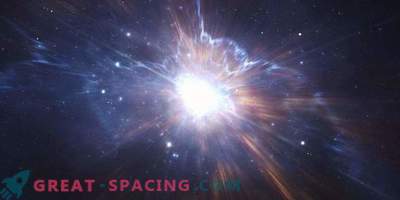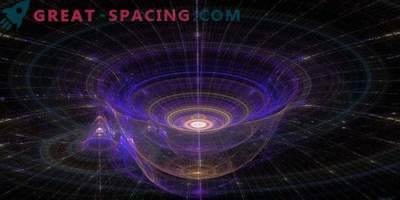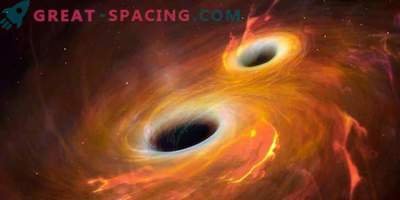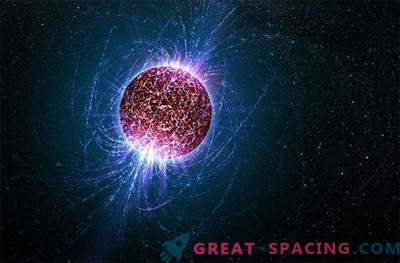
Later after a century as Albert Einstein introduced the general theory of relativity, astronomers still have fertile ground for scientific observations and experiments.
Einstein's revolutionary idea was derived from his special theory of relativity, published 10 years before, by combining space and time into a single continuum of space-time.
The special theory of relativity did not take into account gravitational effects. Einstein worked another 10 years to understand physics, before his discovery flowed into four parts of a lecture at the Prussian Academy of Sciences, which ended on November 25, 1915.
“Until Albert Einstein published his general theory of relativity, we thought gravity was some kind of magical power,” said NASA astrophysicist Ira Thorpe from the Goddard Space Flight Center in Greenbelt, Maryland.
According to the theory of Isaac Newton, who dominated physics for 200 years, if the mass moves in one part of the Universe, all other masses in the rest of the Universe should immediately move.
This concept, however, contradicts the implication of Einstein's special theory of relativity, which established a universal speed limit, according to which nothing can move faster than the speed of light.
Example: suddenly the Sun disappears in one day. According to Newtonian physics, the effect will be felt immediately on Earth. According to Einstein’s theory, it will take about eight minutes to cover a distance of 93 million miles between the Earth and the Sun before we notice it. Einstein also realized that the mass could bend gravitational waves, as if a bowling ball was rolling on a trampoline.
One of the newest facet of the general theory of relativity is the search for gravitational waves, which are caused by the ripples in spacetime caused by massive objects.
As well as a bowling ball falls through a trampoline more than a baseball, objects such as black holes warp space-time more than relatively insignificant objects, such as the sun.
"There is a whole spectrum of gravitational waves, just as there is a whole spectrum of electromagnetic waves. We have radio, infrared, ultraviolet, visible, X-ray radiation, gravitational waves have the same types," said Thorpe.
Although astronomers have not yet found any signs of gravitational waves, they know that they exist thanks to computer simulations.
The longest gravitational waves were produced as a result of the Big Bang 13, 8 billion years ago. "They stretch across the entire universe, while it expands. They expand along with the universe," Thorpe said.
Some scientists study the remnants of the cosmic microwave background radiation, which are peculiar fingerprints of gravitational waves. Others prey on gravitational waves of massive, fast-moving objects, such as double black holes. Unlike most telescopes, electromagnetic telescopes, which are used to detect gravitational waves, look more like microphones.
“You get a lot of data from all sides, and then you just analyze it,” she said.
The general theory of relativity dominated over 100 years, but it may soon face the most difficult ordeal. A global network of radio telescopes, connected together to form one common telescope, will search for a supermassive black hole located in the center of the Milky Way galaxy.
Black holes - the objects are so dense that even the photons of light cannot avoid the curvature of space-time. These monsters will be used to test the general theory of relativity.
Although the black hole itself cannot be observed by definition, scientists hope to trace its impact in order to see how Einstein's theory works. The results will help determine whether the general theory of relativity will last for the next 100 years.











































